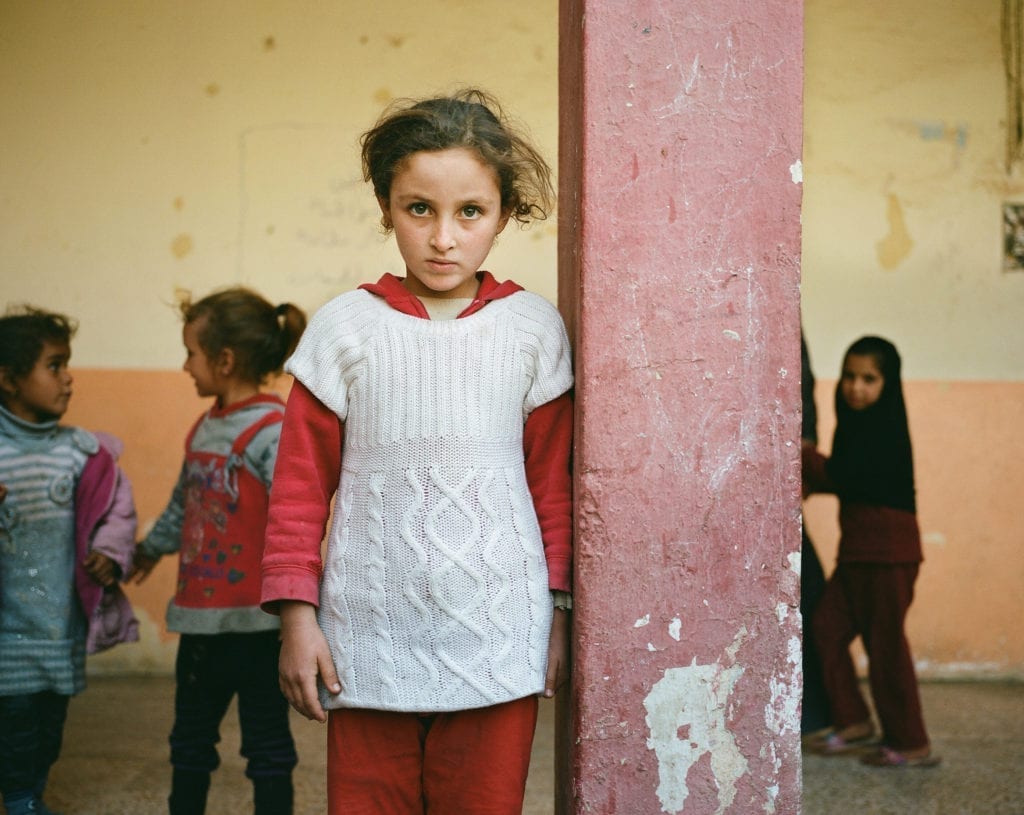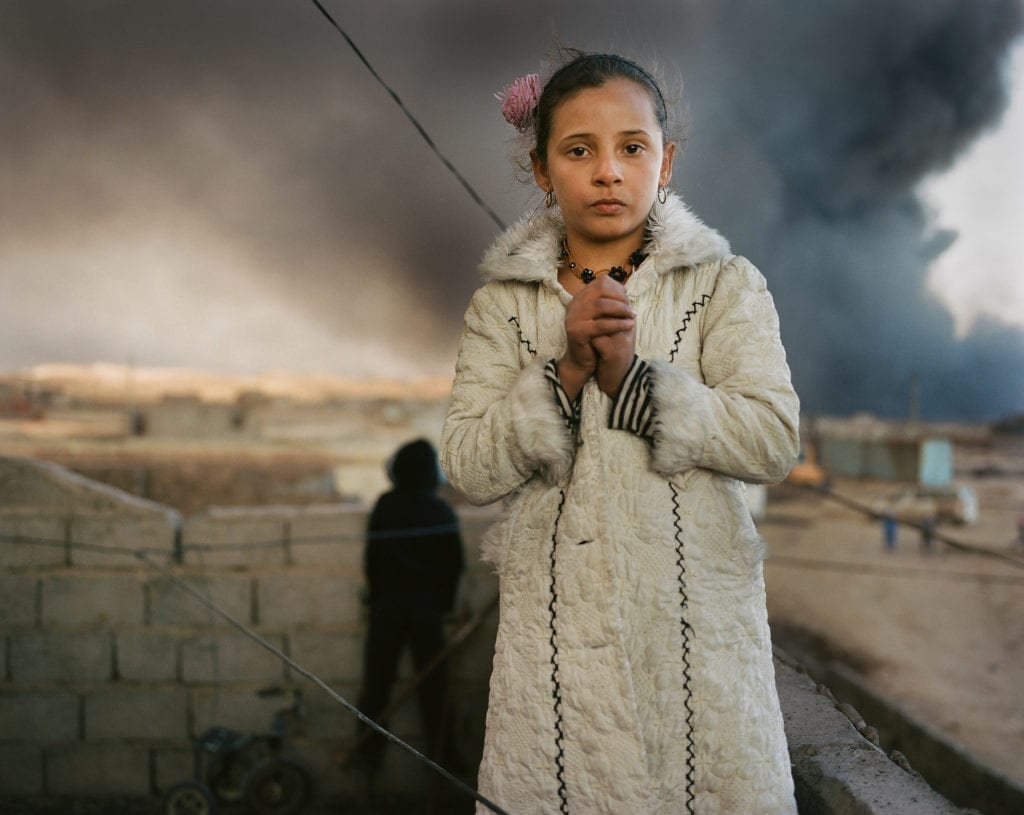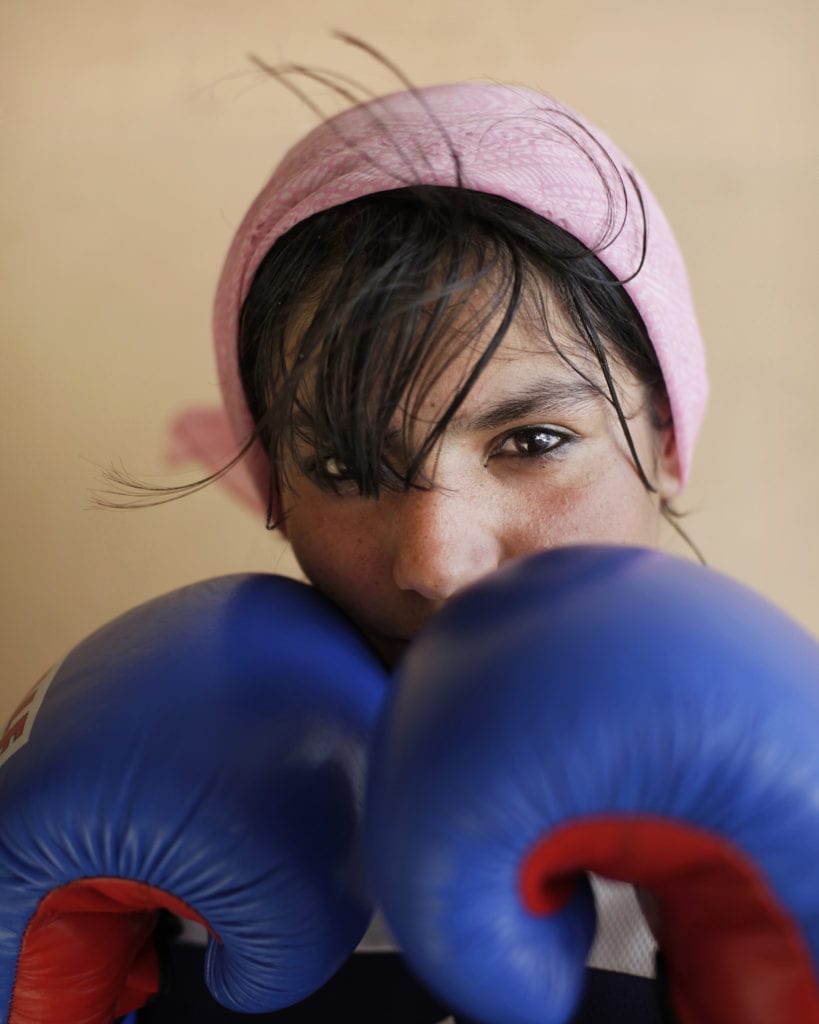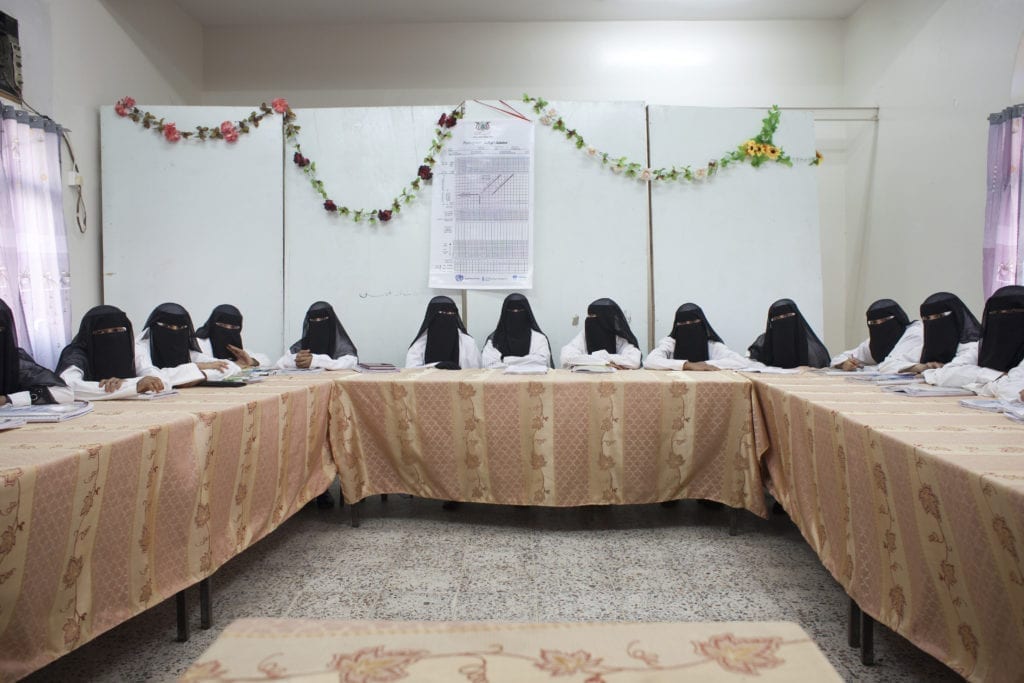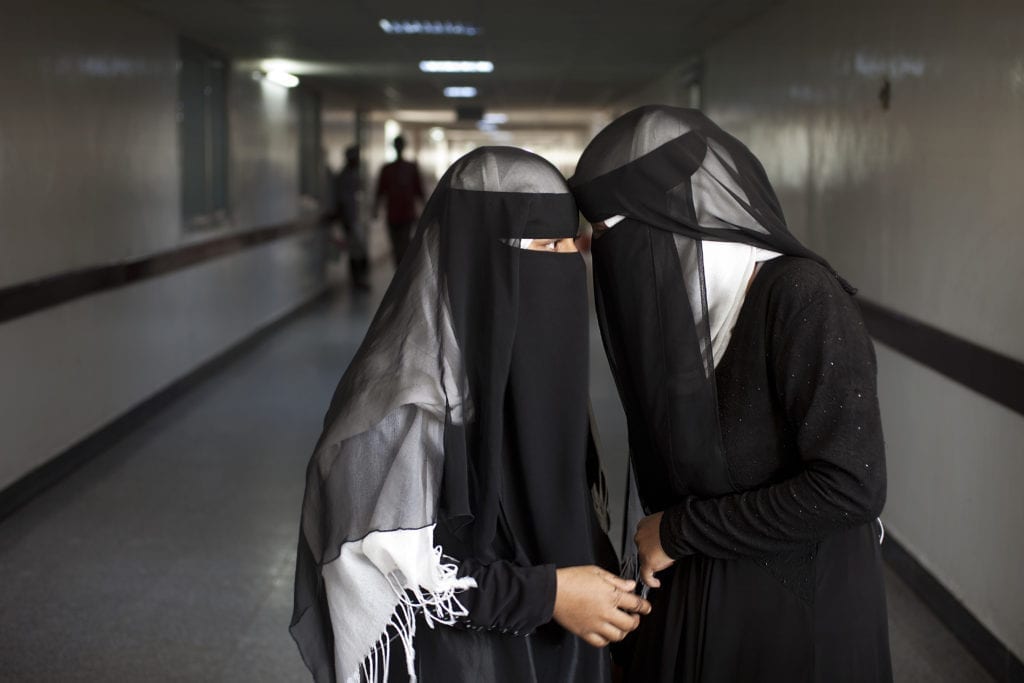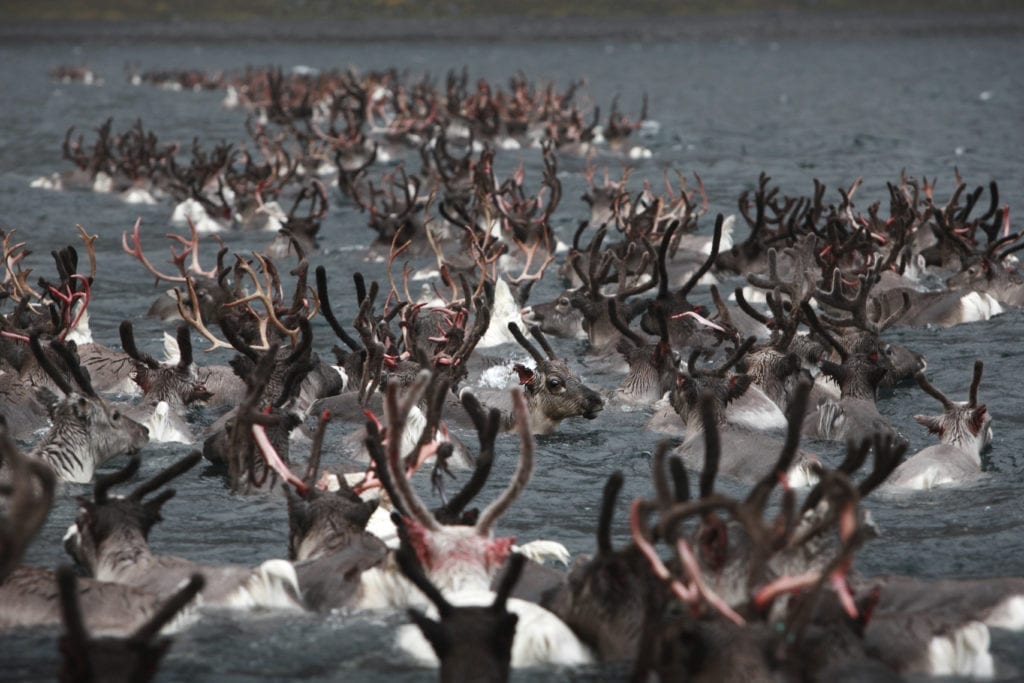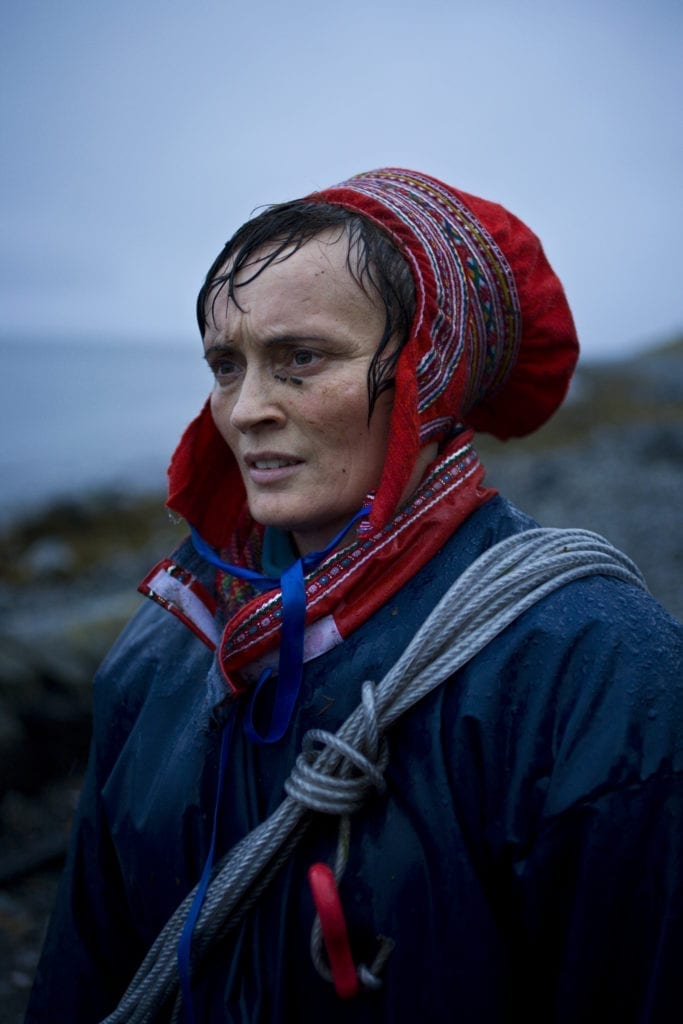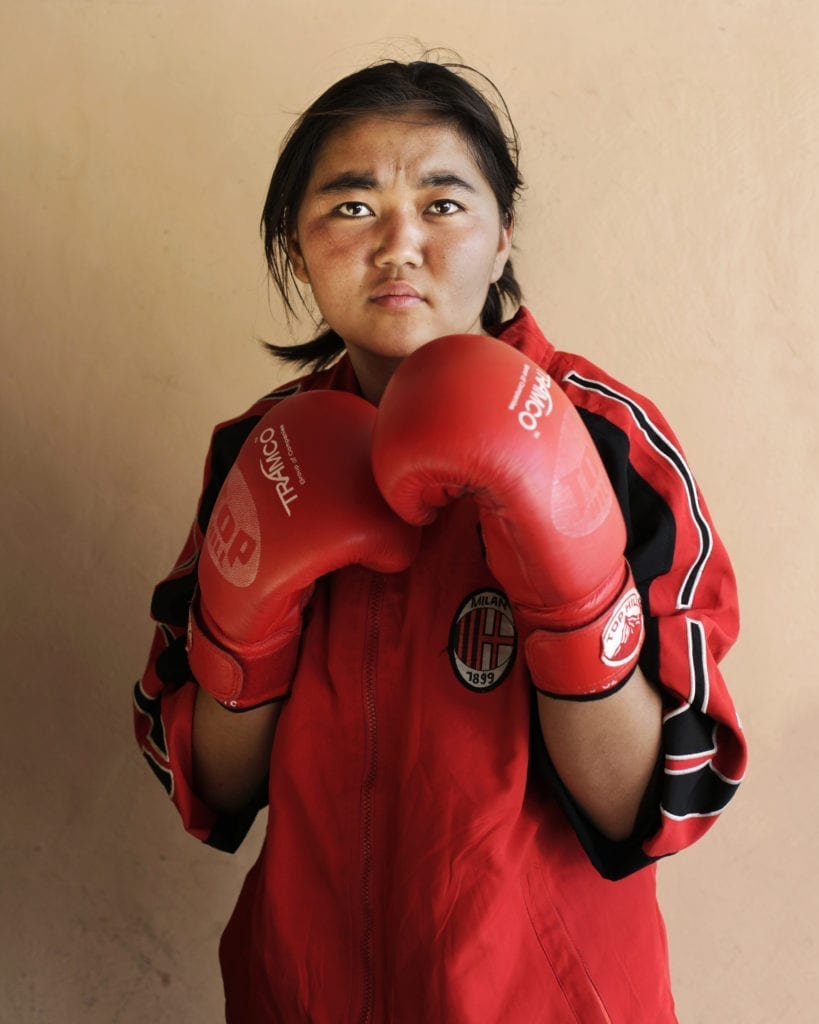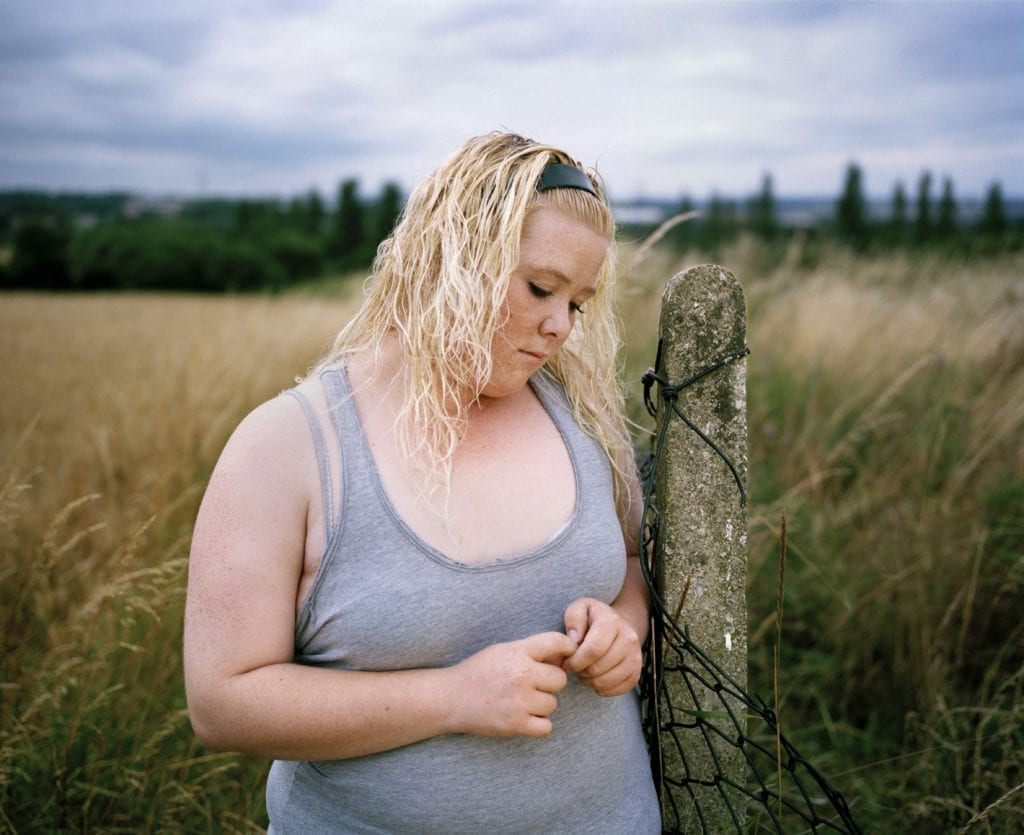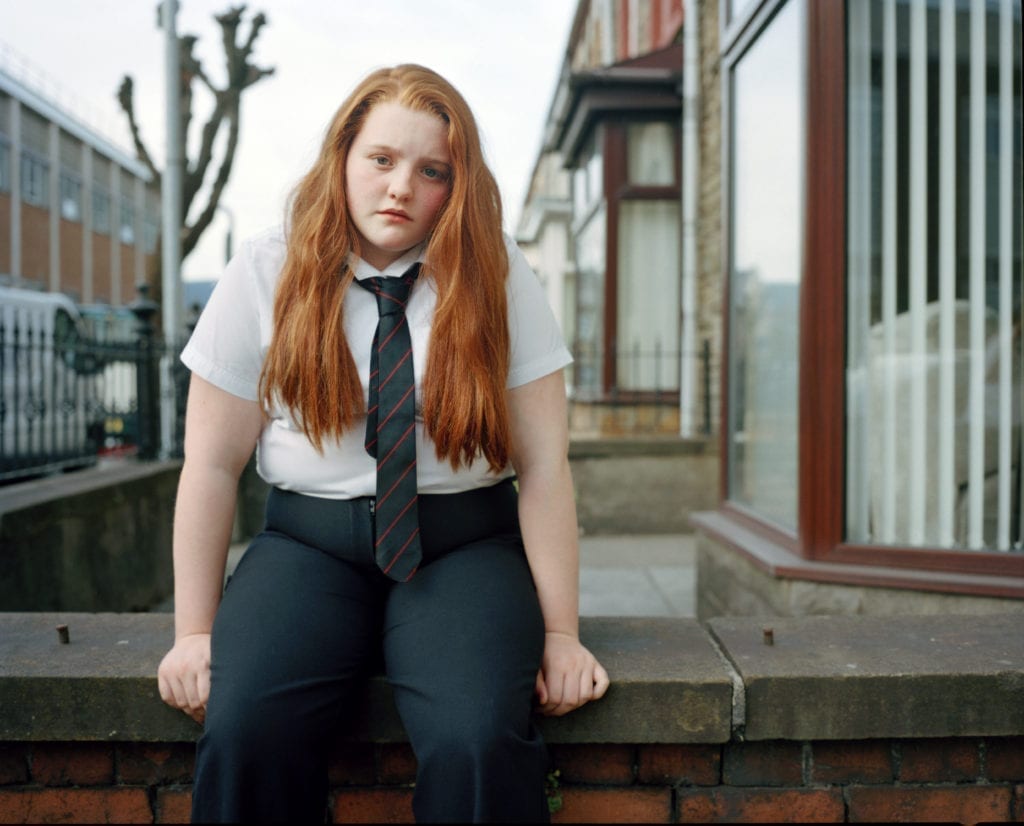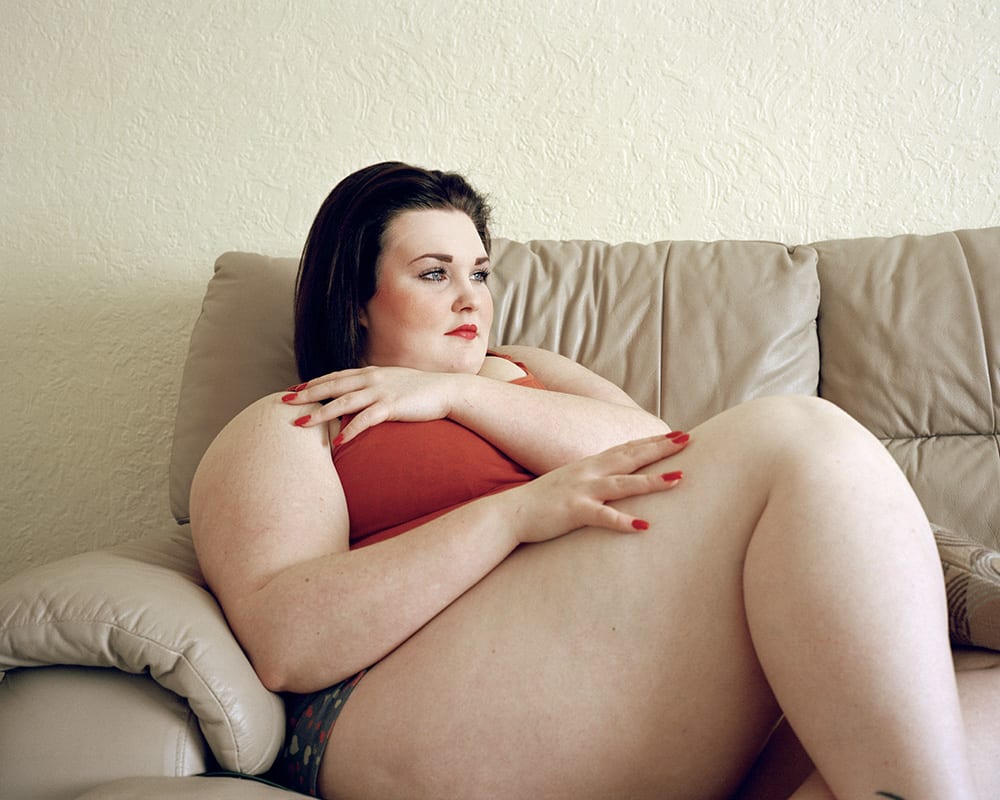The Send Anywhere Awards are now open for entries! We are giving one photographer the chance to travel to any location and realise a dream photography project. To celebrate, we spoke to Abbie Trayler-Smith about her experience of working as a documentary photographer for the past two decades. “My way of working is to get out there in the world and explore,” explains acclaimed photographer Abbie Trayler-Smith. Working as a documentary and portrait photographer for over two decades, her work has taken her across the globe to some of the most severe conflicts, natural disasters and humanitarian crises in recent history. Noura, age 10, arrived at this makeshift IDP camp, in the grounds of a school in Hadj Ali, the day before this image was taken. Along with her family and many others, she managed to escape the fighting in her neighbourhood after being stuck at the heart of the battle in Mosul for three days © Abbie Trayler-Smith Luma, 12, lives right next door to a burning oil well in Qayarrah, Iraq. Over 15 oil wells in the town are on fire after being set alight by ISIS as they retreated, which was over 2 months ago. The billowing smoke fills the town and can be seen from over 40km away. Her mother spends hours each day tryng to wash the oil off everything in their house © Abbie Trayler-Smith It was while studying law at King’s College, London that Trayler-Smith discovered her passion for photography after shooting for the university newspaper. After graduating, in 1998 she began working as a staff photographer for The Daily Telegraph , spending eight years covering news and features worldwide, including the war in Iraq, the Darfur crisis and Asian tsunami. Since going freelance, Trayler-Smith has continued to dedicate her practice to documenting social issues, undertaking assignments for charities and magazines. Her longer-term projects interrogate subject matter closer to home, with her ongoing series The Big O exploring childhood obesity in the UK. Meeting different people and communicating their stories is a huge part of why Trayler-Smith was, and continues to be, drawn to documentary photography. “It’s a ticket to explore the world,” she says. Most recently, she has been working with Oxfam to document the experiences of women subjected to Isis rule in the areas surrounding Mosul. Travelling to the region in late 2016, during a major offensive to retake the city by the Iraqi army and Kurdish Peshmerga forces, supported by a US-led coalition, she photographed and interviewed women at various stages of rebuilding their lives for the series Women in War: Life After Isis . Sadaf Haruzel, 17, is member of one of Afghanistan’s first women’s boxing teams – the Afghan Amateur Women’s Boxing Association © Abbie Trayler-Smith One of the images, entitled Fleeing Mosul , is currently shortlisted for the Taylor Wessing Photographic Portrait Prize. Shot outside the Hassan Sham camp for internally displaced people in northern Iraq, the photograph depicts a young girl staring out of the window of a bus transporting her to safety and encapsulates the intense fear and suffering of those who have survived Isis rule. “The shock and bewilderment in these women’s faces made me shudder to imagine what living under Isis had been like, but the image is also emblematic of a global feeling of insecurity. It speaks of the displacement of millions of people around the world as a result of war and persecution,” says Trayler-Smith. Aliya Furad, whose own mother died while giving birth when she was only one and a half, is now training to be a midwife at the Health Science Institute, Hodeidah city. Many of the girls training here come from villages in the Hays district. They qualify as midwives and return to work in their villages, where one midwife will look after over 8000 people © Abbie Trayler-Smith Aliya Furad, whose own mother died while giving birth when she was only one and a half, is now training to be a midwife at the Health Science Institute, Hodeidah city. Many of the girls training here come from villages in the Hays district. They qualify as midwives and return to work in their villages, where one midwife will look after over 8000 people © Abbie Trayler-Smith
Trayler-Smith’s work has since taken her to some of the most challenging and inhospitable places on Earth, from capturing migrating reindeer in the depths of Norwegian winter to documenting the severe drought throughout the Guerra region of Chad. But navigating new and demanding situations is part of what she loves about the job. “Working for a newspaper taught me that I had the ability to go anywhere, at anytime and do anything,” she remarks. “For me, arriving in the desert and figuring out how to cope is not a problem because I’m so excited to be there.”
The Sami People of Arctic Norway herding their reindeer during the Autumn migration © Abbie Trayler-Smith The Sami People of Arctic Norway herding their reindeer during the Autumn migration © Abbie Trayler-Smith For her first foreign assignment she travelled to Ethiopia. Never having used a digital camera before, she spent the entirety of the trip working out how to operate the one she’d been given. Finding a way to deliver the images back to her editors also required a great deal of ingenuity. Working before the advent of high-speed internet and file-transfer websites, Trayler-Smith remembers employing a variety of alternative technologies, learning as she went along. “In Ethiopia we had to plug into the phone line using a program called ZTerm. I didn’t even know how it worked but I just had to work it out.”
Trayler-Smith observes that the methods available for sending back images have evolved dramatically since she started working as a documentary photographer twenty years ago. She remembers only being able to deliver very low quality pictures to Newspapers. “It wasn’t the days of having to fashion a makeshift darkroom in your hotel bathroom somewhere, but it was the very start of the internet.” The emergence of technologies that have enabled photographers to send back high-quality photos securely and quickly, retaining the quality of the images without compression, has revolutionised the industry. “It’s evolved so much and I guess it will continue to evolve at this incredibly fast pace,” she says.
Shabnam, 17, is one of three sisters in one of Afghanistan’s first women’s boxing team -the Afghan Amateur Women’s Boxing Association. She has been boxing since she was 11 and has already taken part in an international competition in Vietnam. © Abbie Trayler-Smith Learning on the job and making the most of any opportunity has been a defining element of Trayler-Smith’s career and, indeed, the ability to adapt to any situation is a crucial part of becoming a successful documentary photographer. “It’s a case of figuring it out as you go along,” she says. Trayler-Smith has also utilised the interesting situations and remote places that commissions and assignments have landed her in as a way of developing her own vision. Many of her projects have evolved out of jobs for clients: seeing a story that intrigues her, Trayler-Smith will shoot her own work alongside the commission. “ The more experience you have, the more ideas come to you,” she observes.
Chelsea, age 17, takes a walk near her home in Sheffield. From the series The Big O © Abbie Trayler-Smith Deana hangs out outside her house after school in Port Talbot, Wales. From the series The Big O © Abbie Trayler-Smith Despite having travelled extensively, there are still some places to which Trayler-Smith feels particularly drawn. Since visiting Iraq to shoot for Oxfam, she has become determined to find a way to return and develop Women in War: Life After Isis into a long-term project, which she hopes will draw attention to the plight of those caught up in this conflict and, more broadly, the millions of displaced people around the world .
For Trayler-Smith, the power of an image ultimately comes down to its message. “Powerful photography is about having something to say and having something to communicate,” she says. Her advice: “Think about what you want to say. Think about what you care about. And then photograph that.”
Have you always wanted to pursue a project in a far off destination, but haven’t been able to get there? Now is your chance! The Send Anywhere Awards will give one photographer the opportunity to get out into the world and explore to create their own dream photography project. Enter now! Shannon, age 17, relaxes in the living room of her home in Sheffield. From the series The Big O © Abbie Trayler-Smith Sponsored by Send Anywhere: This feature was made possible with the support of Send Anywhere. Please click here for more information on sponsored content funding at British Journal of Photography.
